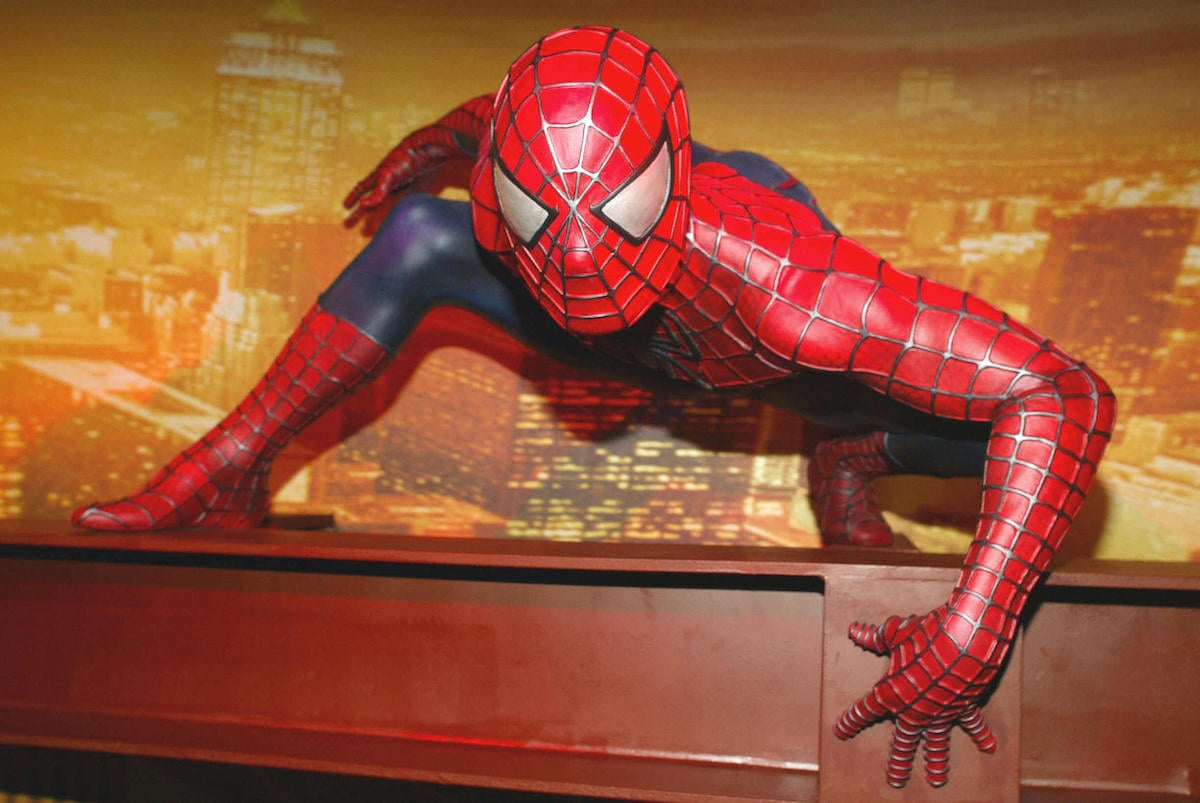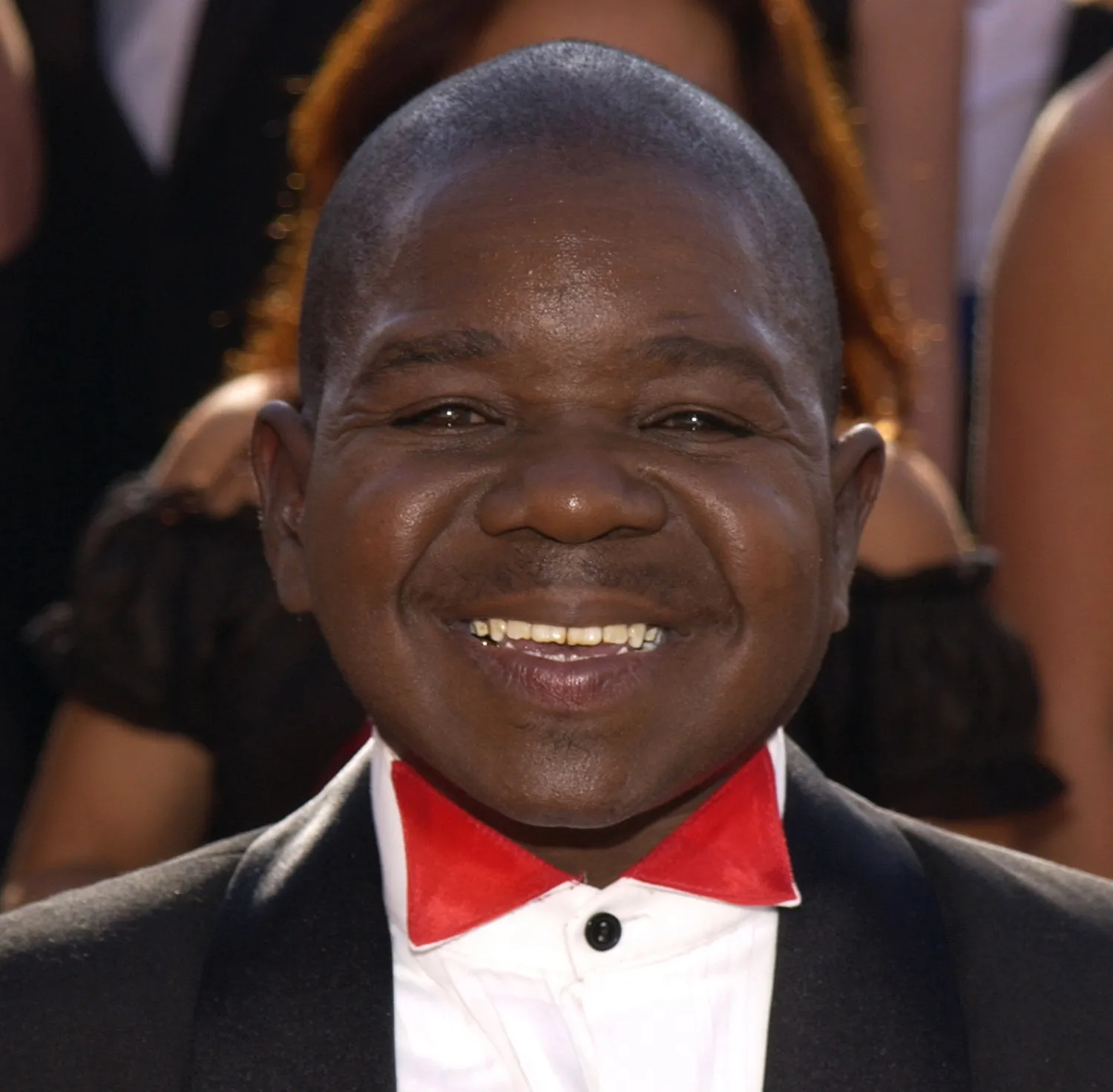‘Spider-Man’: James Cameron Had a ‘Very Different’ Take on the Hero
Spider-Man fans have had an embarrassment of riches as of late. Following the webslinger’s Marvel Cinematic Universe (MCU) debut in 2016’s Captain America: Civil War, Tom Holland played the hero in five more movies, including 2021’s hotly anticipated Spider-Man: No Way Home. But way back in the 1990s, Titanic and Avatar director James Cameron nearly made his own version, which he claims would have been “very different” from what fans ultimately got.

Spider-Man is the most iconic superhero in the Marvel Comics canon
Since his introduction in the pages of Marvel Comics back in the 1960s, Spider-Man has remained one of the company’s most recognizable characters. The tale of an ordinary high-schooler who develops superpowers after a radioactive spider bite has undeniable appeal. After all, fans all over the world can relate to Peter Parker’s struggles to maintain some semblance of a normal lie, even as he remains a superhero.
Spider-Man has essentially become Marvel’s calling card, arguably its most iconic character. So it was only a matter of time until the wallcrawler made his way to theaters. Especially after Fox’s X-Men was a hit in 2000, Sony — who purchased the Spider-Man movie rights back in 1998 — eventually got a film released just two years later. With Sam Raimi (Evil Dead II) behind the camera and Tobey Maguire in the suit, the rest was history.
James Cameron nearly delivered a ‘very different’ Marvel hero
However, Cameron’s vision would have taken Peter Parker’s story in a bit of a different direction. The director details his Spider-Man — which he calls “the greatest movie [he] never made” — in his new book Tech Noir. And in a conversation with Screen Crush, he shared even more detail about how he had planned to approach the character.
“The first thing you’ve got to get your mind around is it’s not Spider-Man. He goes by Spider-Man, but he’s not Spider-Man. He’s Spider-Kid, Spider-High-School-Kid. He’s kind of geeky, and nobody notices him. And he’s socially unpopular and all that stuff. … It was also in my mind a metaphor for puberty and all the changes to your body, your anxieties about society, about society’s expectations, your relationships with your gender of choice that you’re attracted to, all those things.”
Fans can no doubt see shades of Cameron’s philosophy present in Raimi’s movie. In particular, Parker’s social standing comes to the forefront in that first film. And the metaphor for puberty is most notably apparent when Cliff Robertson’s Uncle Ben attempts to connect with Maguire’s Peter shortly before tragedy strikes. Still, it would have been interesting to see how Cameron’s stamp on Spider-Man would have leaned more heavily into this direction.
Will ‘Spider-Man: No Way Home’ unite multiple webslingers?
Speaking of alternate versions of the Spider-Man mythos, movie fans have been lucky enough to get several takes on the character. Following Raimi’s hit trilogy, director Marc Webb gave Andrew Garfield the chance to play Peter Parker. And then there’s Holland’s MCU Spidey. Counting the animated Spider-Man: Into the Spider-Verse, that’s four separate film continuities over the span of less than two decades.
Of course, Sony is tapping into this rich history with Spider-Man: No Way Home. Holland’s hero faces off against villains from both the Maguire and Garfield incarnations of the series. Although there’s been no official confirmation, it’s heavily rumored that the two previous live-action Spider-Men could make appearances as well. Fans will certainly find out soon enough, as Spider-Man: No Way Home hits theaters on December 17, 2021.


